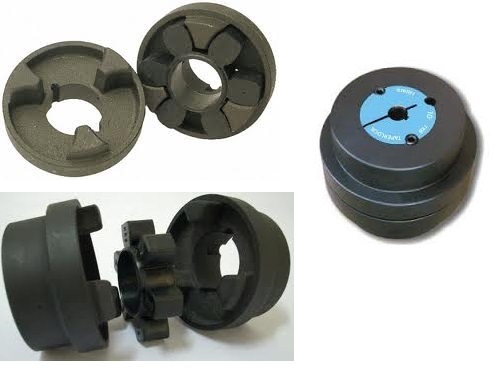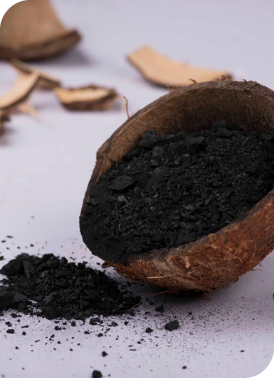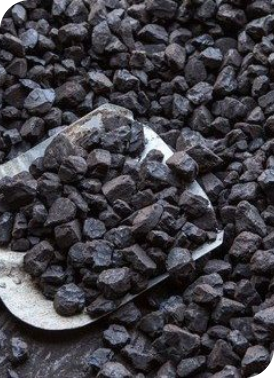
Wood Activated carbon is considered as one of those adsorbent Activated Carbon that has the highest purity index, since it is derived from selected grade of wood that is subjected to controlled Carbonization and Activation Processes. This characteristic property of Wood Activated Carbon makes it a best suited adsorbent that is widely used in Water Filtration Systems, since it does not release any harmful substances into the potable water and also used in the Food and Beverage Industry for purification and deodorization of ingredients.
Wood Activated Carbon has always been associated with higher surface area and pore volume, enhancing the efficiency of the filtration process by assuring the purity standards of water and simultaneously reducing the filtration time. With abundantly large pores combined with the ability to maintain the non-toxic standards, it finds its application as adsorbent in filtration units of pharmaceutical and Synthetic chemical industries.
Wood Activated Carbon to a larger extent, owing to its meso and macropore structure is unable to remove many finer contaminants, however it can be used in certain specific contaminant removal. Another important feature of Wood based Activated Carbon is that, being obtained from a renewable source, it has lower carbon impact.
LATEST PRODUCTS
We market our products under the brand name KALBON Activated Carbon. It is manufactured by Kalpaka
Chemicals Private Limited which is based in southern Indian port city of Tuticorin, India.
Coconut Shell Activated Carbon
Coconut shell activated carbon, made from coconut husk, is a vapor-activated material

Coal Activated Carbon
Coal based activated carbon originates from coal that has undergone a steam activation process

Water Washed Activated Carbon
Water washing is primarily performed to remove ash content from the granular activated carbon






